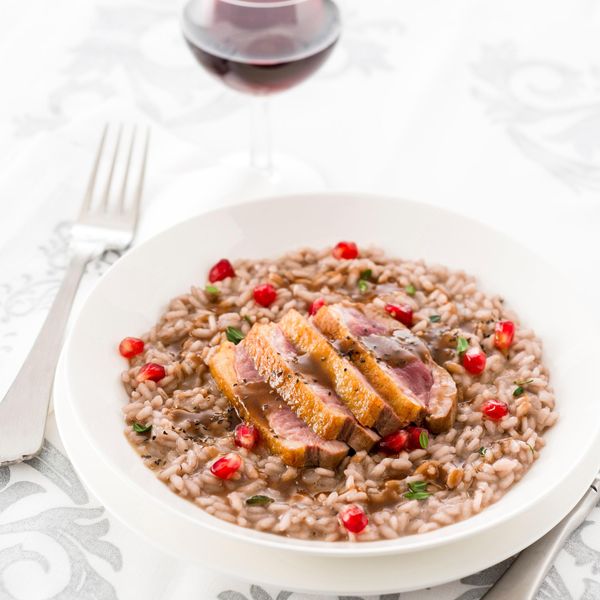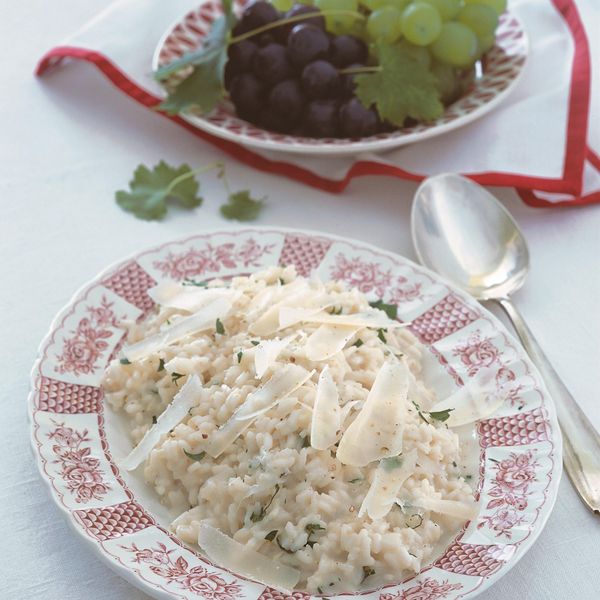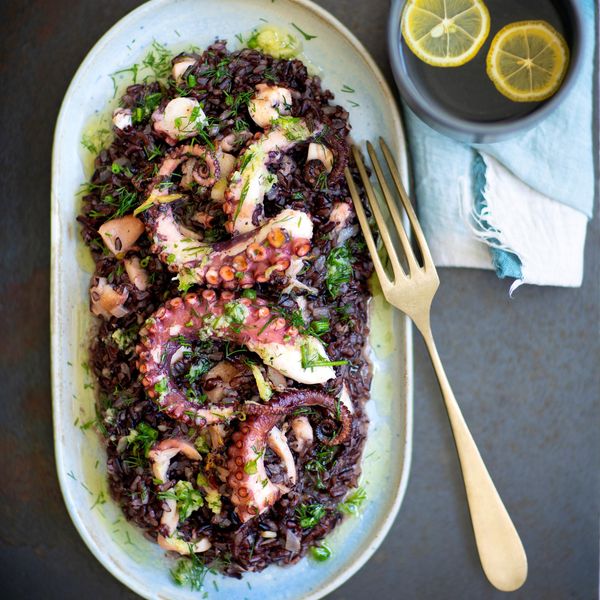
Watermelon is the summer fruit par excellence. It is produced from an annual herbaceous plant, belonging to the Cucurbitaceae family whose stem can reach 2-3 meters in height. The fruits are large berries that can weigh between one and ten pounds. The peel, in general, is green, uniform and shiny, or streaked with white. Under the peel there is a white layer of about one and a half cm in thickness. The pulp is deep red when ripe and is crossed by longitudinal rows of numerous black seeds. The most typical production areas are those of Lazio, Puglia, Lombardy and Emilia.
The varieties differ in the color of the skin and shape. The most common is the Sugar Baby, which ripens in July and does not exceed 3-5 kilos in weight. Among the largest there are the Cinquantina, the Romagnola, the Gigante di Castellamare (with dark streaked skin) and the «Charleston Gray» with light skin and very sweet pulp.
The nutritional value of watermelon is very low since it provides only 30 calories per 100 g of pulp. Equally low is the sugar content, although the pulp is rather sweet. Watermelon is also excellent in fruit salad, in the form of sorbets and in some regional preparations such as the famous Sicilian recipe «gelu i muluni».






